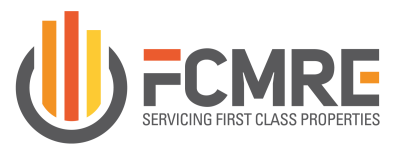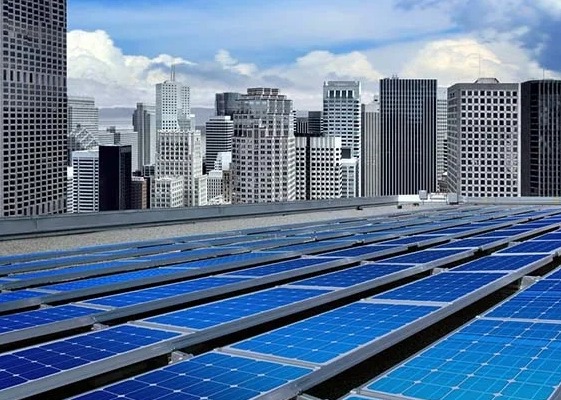In New York City’s competitive commercial real estate market, sustainability is no longer a “nice to have”—it’s a business imperative. Tenants, investors, and city regulators are all pushing for greener, more energy-efficient buildings. For property owners, sustainable upgrades not only reduce operating costs and comply with regulations like Local Law 97, but they also boost property value and marketability. Here are some of the most impactful improvements for NYC commercial properties.
1. Energy-Efficient Lighting Systems
Switching to LED lighting is one of the most cost-effective upgrades available. LEDs use up to 75% less energy than traditional bulbs and last significantly longer, reducing replacement and maintenance costs. Incorporating smart lighting controls, such as motion sensors and daylight harvesting, further optimizes energy use and cuts utility bills. These upgrades also improve interior lighting quality—something tenants value for productivity and comfort.
2. High-Performance HVAC Systems
Heating, ventilation, and air conditioning account for a large portion of a building’s energy use. Upgrading to ENERGY STAR-rated systems or incorporating variable refrigerant flow (VRF) technology can reduce energy consumption while maintaining comfort. Pairing HVAC upgrades with smart thermostats and building automation systems helps fine-tune climate control, minimize waste, and extend equipment life.
3. Green Roofs and Rooftop Gardens
NYC offers tax abatements for green roof installations, and for good reason—they help manage stormwater, reduce urban heat island effects, and improve air quality. For tenants, green roofs provide a unique amenity space that can be used for relaxation or events. They also increase insulation, helping lower heating and cooling costs year-round.
4. Water-Saving Fixtures
Low-flow faucets, dual-flush toilets, and water-efficient cooling towers reduce water bills while promoting resource conservation. In a city where water costs are high, these fixtures pay for themselves quickly. Many tenants also appreciate seeing water conservation as part of a building’s sustainability commitment.
5. Solar Energy Installations
While rooftop space can be limited in NYC, solar panels are increasingly viable thanks to falling installation costs and available incentives like the NY-Sun program and federal tax credits. Even a partial solar array can offset electricity costs, reduce carbon emissions, and make a property more appealing to environmentally conscious tenants.
6. Building Envelope Improvements
Upgrading windows, insulation, and air sealing can drastically improve a building’s energy performance. High-performance glazing helps reduce heat gain in summer and heat loss in winter. For older NYC buildings, improving the envelope is often essential to meet new emissions standards and remain competitive in the leasing market.
7. Smart Building Technology
Integrating IoT sensors and building management systems allows owners to monitor energy, water, and occupancy data in real time. This not only helps identify inefficiencies but also provides transparency for tenants who want to track their environmental impact.
Final Thoughts
Sustainable upgrades are more than a regulatory checkbox—they’re a proven way to increase asset value, attract high-quality tenants, and lower long-term operating costs. In NYC, where both environmental regulations and tenant expectations are rising, green investments are an essential part of a forward-thinking property strategy.
By embracing these improvements, commercial property owners can position themselves as leaders in the city’s transition toward a cleaner, more efficient, and more resilient built environment.

